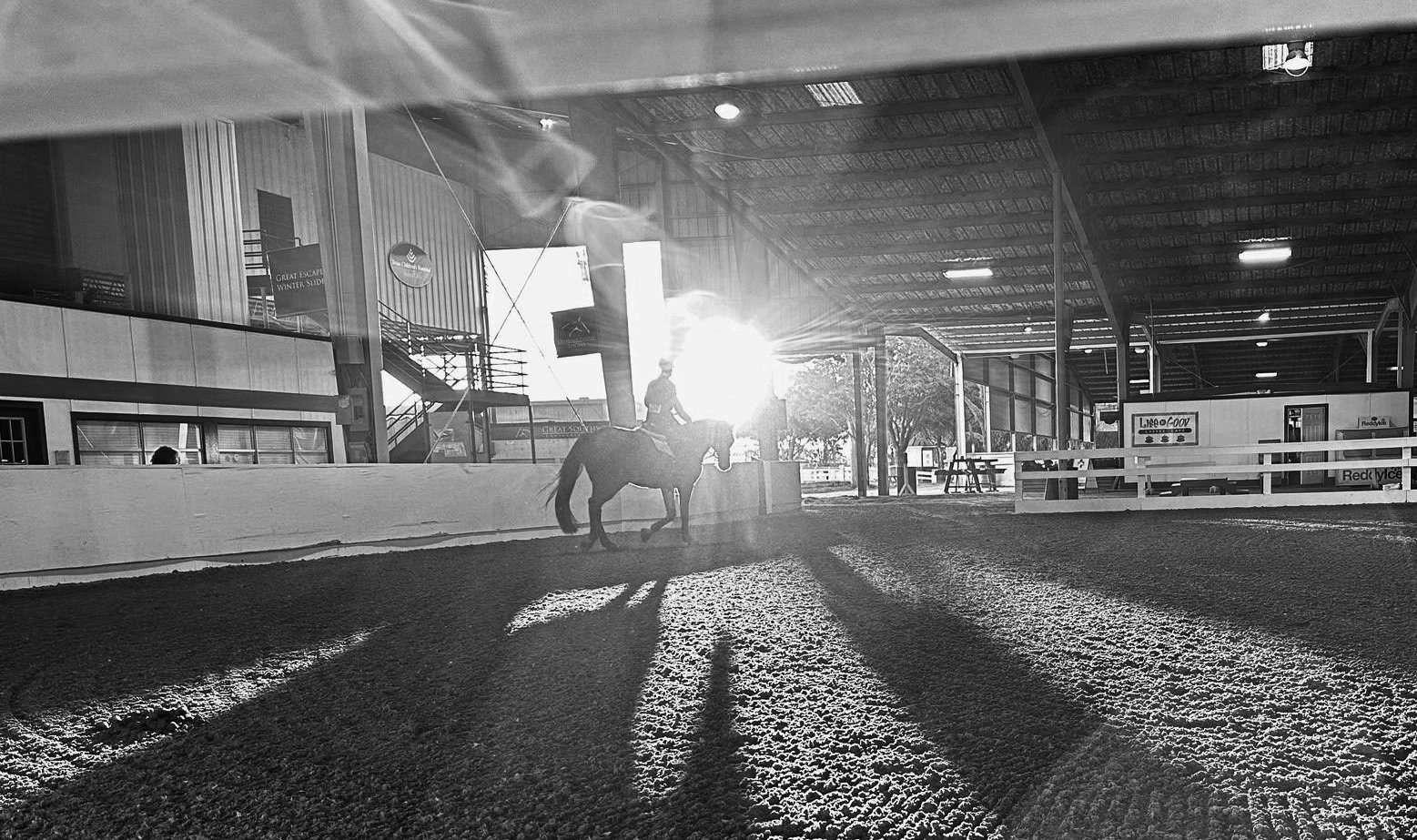How Texas Heat and Humidity Affect Your Horse’s Hooves
Texas is known for its long, hot summers and high humidity — and while horses are remarkably adaptable, these environmental conditions can take a serious toll on hoof health. At Equine Hoof Solutions, we’ve seen firsthand how our region’s climate affects horses in Cypress, Houston, and nearby areas. Understanding how heat and moisture impact the hoof can help you take preventive steps to keep your horse sound year-round.
1. Excess Moisture Weakens the Hoof Wall
During humid months or after heavy rain, hooves can absorb excess moisture, making them softer and more prone to damage. When the hoof wall becomes overly saturated, it loses some of its structural integrity. This increases the risk of chipping, cracking, and separation along the white line.
Prevention Tips:
Provide dry turnout areas when possible
Avoid standing water in pastures or paddocks
Pick hooves daily to prevent moisture retention and debris buildup
2. Thrush and Bacterial Infections Thrive in Humidity
One of the most common issues we see during hot, wet weather is thrush, a bacterial infection that affects the frog and surrounding tissues. Warm, damp conditions in Texas are ideal for thrush to develop, especially in horses standing in wet stalls or muddy paddocks.
Signs to Watch For:
Foul odor from the hoof
Black discharge around the frog
Tenderness when cleaning the foot
Preventive Care:
Keep stalls clean and dry
Use hoof disinfectants as needed
Schedule regular trims to remove dead tissue and promote circulation
3. Dry Spells Cause Brittle Hooves and Cracks
Texas weather is unpredictable. After a period of high humidity, a stretch of extreme heat and dryness can quickly dry out hooves. This cycle of wet-to-dry conditions can cause hooves to expand and contract, leading to surface cracks and weakened hoof walls.
Prevention Tips:
Use hoof moisturizers or conditioners during dry spells
Provide access to clean water and ensure your horse is hydrated
Maintain a consistent farrier schedule to catch issues early
4. Soft Soles and Sensitivity on Hard Ground
Soaked pastures and constant exposure to mud can cause the soles of your horse’s feet to become soft and thin. This reduces their ability to absorb shock, which may lead to bruising or increased sensitivity, especially when riding on hard or rocky surfaces.
Solutions:
Apply hoof hardeners if recommended by your farrier
Consider using hoof boots or shoes for added protection
Rotate turnout areas to prevent over-saturation
5. Hoof Growth May Accelerate
Interestingly, horses in warmer climates often experience faster hoof growth due to increased blood flow and metabolic activity. While this can be beneficial, it also means your horse may need more frequent trimming to prevent overgrowth and imbalances.
Pro Tip:
Evaluate your horse’s trim schedule seasonally — some may need shorter intervals in summer than winter.
Why Local Experience Matters
At Equine Hoof Solutions, we understand the unique challenges horses face in the Cypress and Houston areas. Our science-based farrier care is tailored to the environment your horse lives in. Whether it’s adjusting trim schedules, recommending the right topical treatments, or offering shoeing options for extra support, we’re here to keep your horse’s hooves in top condition.
Schedule a Farrier Visit Today
Don’t let the Texas climate compromise your horse’s soundness. Contact Equine Hoof Solutions for professional, reliable farrier services in Cypress, Houston, and surrounding Texas communities. From trimming to therapeutic shoeing, we’ve got your horse’s foundation covered.

